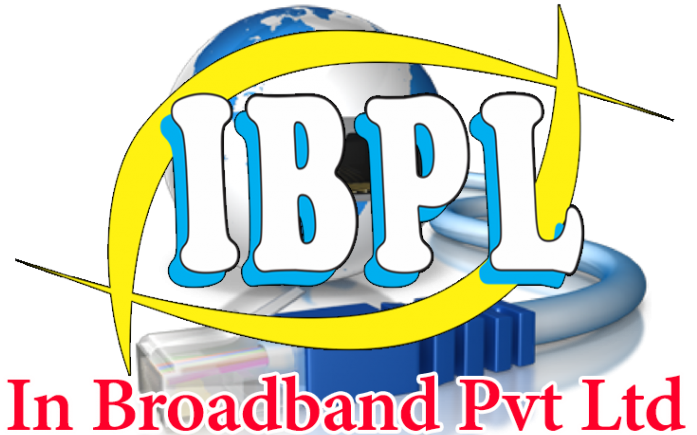An Overview
FTTH promises connection speeds of up to 100 megabits per second (Mbps). These speeds are 20 to 100 times as fast as a typical cable modem or DSL (Digital Subscriber Line) connections.
Benefits of using FTTH
The main benefit of FTTH is increased network performance, specifically higher speeds over a long distance, which the older method of using coaxial cables, twisted pair conductors and DSL cannot reach.
We have the Infrastructure.

Fiber to the home (FTTH), also called fiber to the premises (FTTP), is the installation and use of optical fiber from a central point directly to individual buildings such as residences, apartment buildings and businesses to provide high-speed internet access. FTTH dramatically increases connection speeds available to computer users compared with technologies now used in most places.
FTTH promises connection speeds of up to 100 megabits per second (Mbps). These speeds are 20 to 100 times as fast as a typical cable modem or DSL (Digital Subscriber Line) connections. Implementing FTTH on a large scale would be costly because it requires installation of new cable sets over the “last links” from existing optical fiber cables to individual users. Some communities currently have fiber to the curb (FTTC) service. FTTC refers to the installation and use of optical fiber cable to the curbs near homes or businesses, with a “copper” medium carrying the signals between the curb and the end users.

